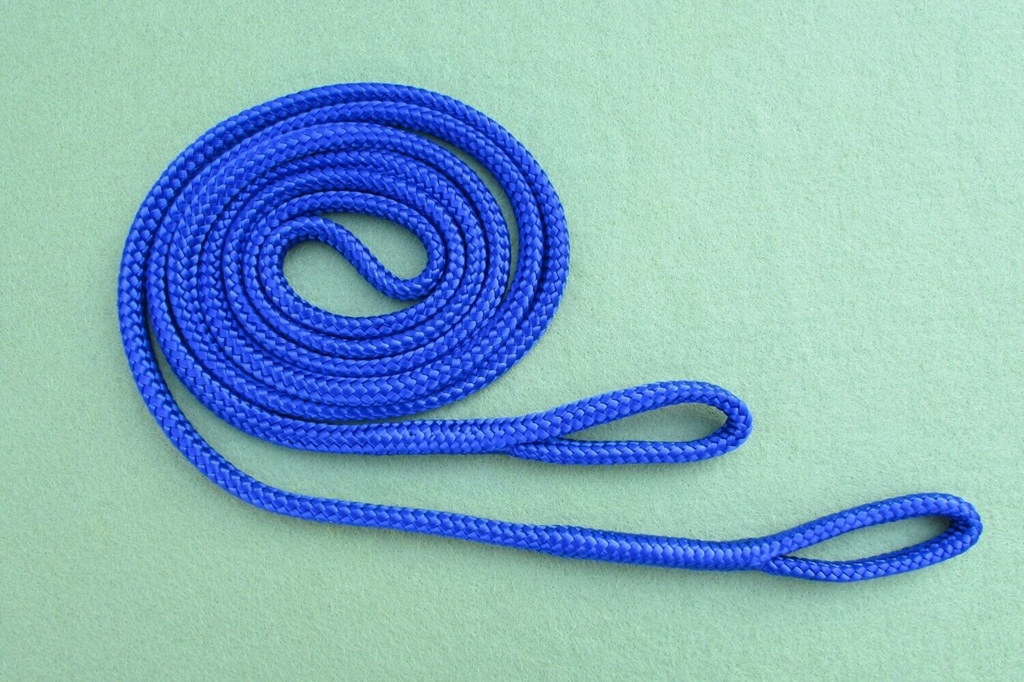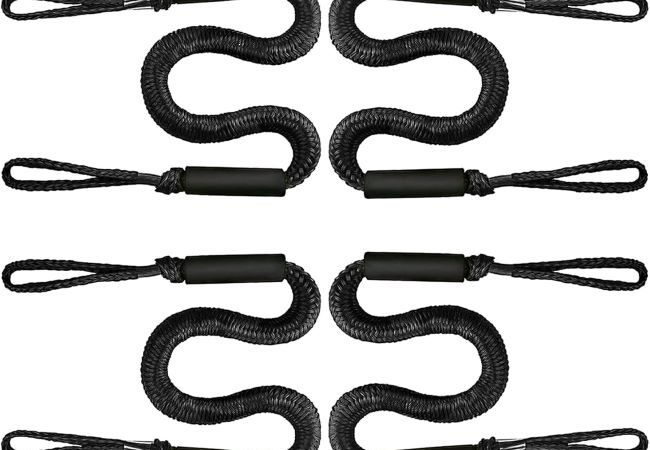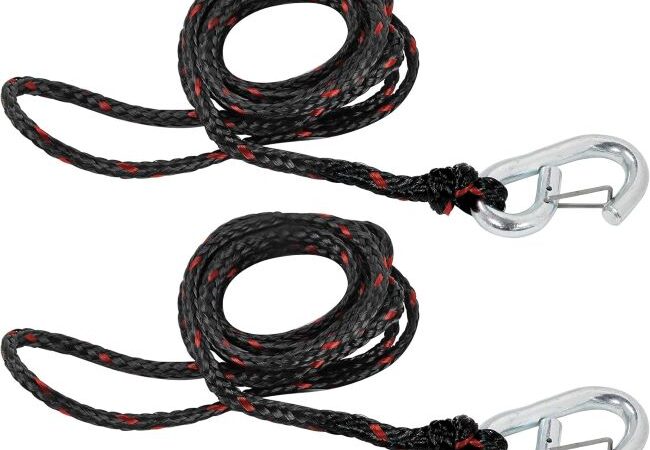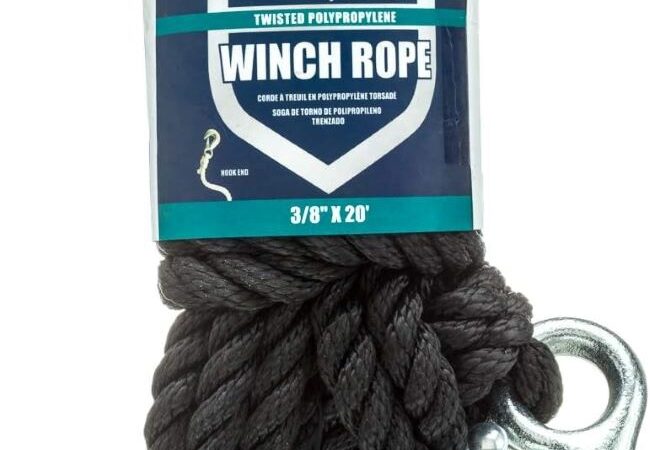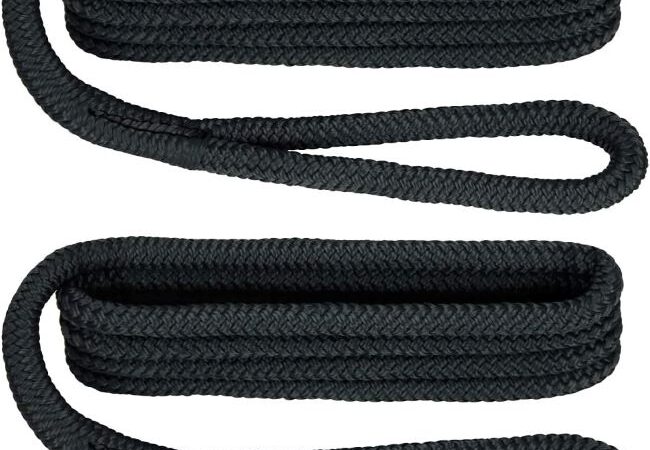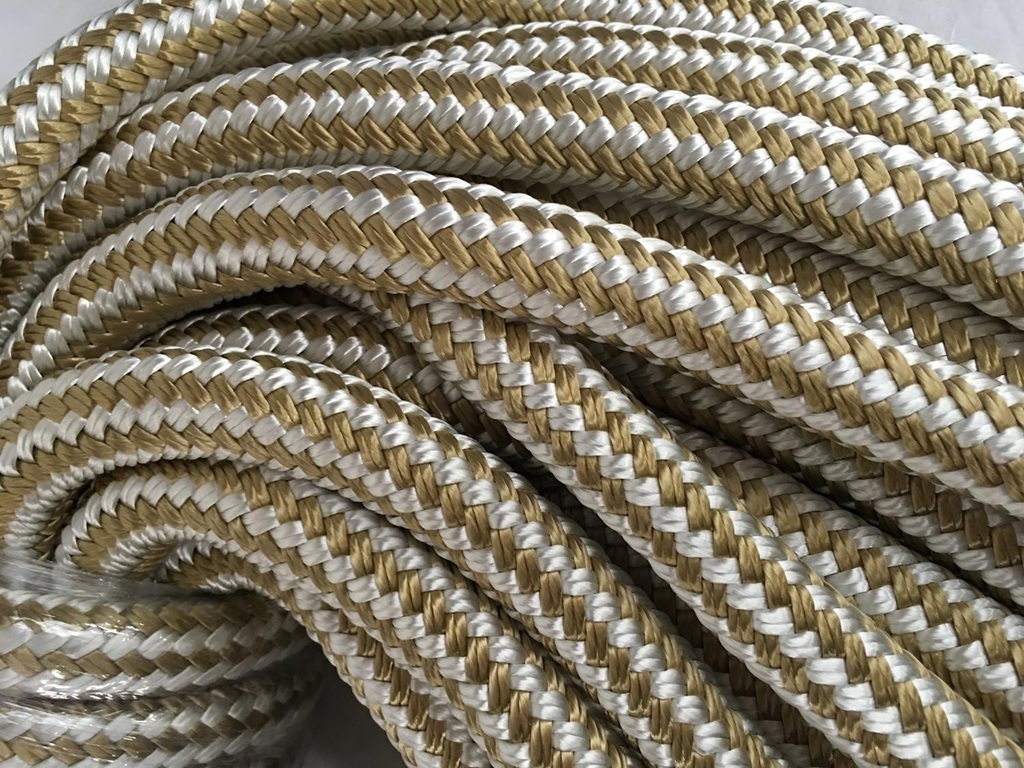
More Than Just Strands: The Deep Symbolism of Braided Rope
From ancient mariners securing their vessels against raging storms to intricate ceremonial bindings, the braided rope has been a ubiquitous and essential tool throughout human history. But beyond its undeniable practical utility, the braided rope carries a wealth of symbolic meaning. Its very structure – multiple individual strands interwoven to create something far stronger – speaks volumes about concepts fundamental to the human experience: unity, strength, connection, and resilience. This article delves into the rich tapestry of symbolism woven into the humble braided rope, exploring its significance across various contexts and cultures.
Contents at a Glance
ToggleUnderstanding the symbolism begins with understanding the construction. A single thread or strand is often fragile, easily snapped. However, when multiple strands are carefully and methodically braided together, they distribute stress and tension amongst themselves, resulting in a rope exponentially stronger than the sum of its individual parts. This fundamental principle is the bedrock of its most potent symbolism.
Strength in Unity: The Foundational Symbolism
The most immediate and universally understood meaning of a braided rope is strength derived from unity. Think about it: one strand might break under minimal pressure, but twisting or braiding several together creates a cord capable of bearing significant weight, pulling heavy loads, or securing precious cargo. This physical reality translates directly into a powerful metaphor for collective strength.
In human terms, this symbolizes the power of communities, families, teams, or partnerships. An individual might feel weak or vulnerable alone, but when joined with others in a common purpose or bond, their collective strength increases dramatically. Just as each strand contributes to the rope’s integrity, each person contributes unique skills, perspectives, and support to the group. The braid represents the idea that working together, supporting one another, and uniting towards a shared goal allows us to overcome challenges that would be insurmountable alone. It’s a visual and tactile reminder that collaboration and solidarity build formidable strength, enabling groups to withstand pressures and achieve far more than individuals could in isolation. This concept is seen in idioms like “a threefold cord is not quickly broken,” reflecting the enhanced strength found in union.
Interdependence and Connection: Weaving Lives Together
Closely related to strength in unity is the symbolism of interdependence and connection. The strands in a braided rope are not merely placed side-by-side; they are intimately interwoven, looping over and under one another in a continuous, integrated pattern. Each strand relies on the others for its position and function within the rope. If one strand significantly weakens or breaks, the integrity of the entire rope can be compromised.
This intricate intertwining serves as a potent symbol for the nature of relationships and social bonds. It speaks to the way lives become entwined through marriage, friendship, family ties, or community membership. The braid illustrates that these connections are not superficial but deep and mutually reliant. Our actions affect others, and their well-being impacts ours. The braided structure represents the complex, supportive network that relationships create, highlighting mutual reliance and the idea that the health of the individual contributes to the health of the whole, and vice versa. It’s a symbol of commitment, where separate entities willingly bind themselves together, creating a shared existence that is stronger and more resilient because of that connection. The very act of braiding can also be seen metaphorically – the careful, patient process of weaving individual elements into a cohesive and functional whole mirrors the effort required to build and maintain strong relationships and communities.
Resilience and Durability: Holding Fast Against Strain
Braided ropes are renowned for their durability and ability to withstand wear and tear, tension, and environmental challenges. They are designed to hold fast under pressure, whether securing a ship in a storm or supporting a climber on a cliff face. This inherent physical resilience translates powerfully into symbolic meaning.
Symbolically, the braided rope represents resilience, endurance, and the ability to weather life’s storms. It speaks to the capacity to hold strong in the face of adversity, to maintain integrity under stress, and to endure hardship without breaking. Just as a well-made braid resists fraying, this symbolism points to inner strength, perseverance, and the determination to hold onto one’s commitments or principles even when tested. It can represent the enduring nature of love, faith, or hope – qualities that bind us and help us navigate difficult times. The rope’s ability to flex without snapping also suggests adaptability, the capacity to bend under pressure but return to form, a key component of true resilience. It’s a symbol of steadfastness and reliability, representing something or someone you can count on when times get tough.
Related: How Strong is Coconut Rope?
Braided Ropes in Culture and Ritual: Tangible Symbols
The symbolism of braided rope isn’t just abstract; it’s actively incorporated into various cultural practices and rituals worldwide, making the meaning tangible.
One of the most prominent examples is in wedding ceremonies. The act of “tying the knot” often involves literal or symbolic ropes or cords. Handfasting ceremonies, common in Celtic and Pagan traditions but adopted more widely, involve binding the couple’s hands together with ribbons or cords, often braided, to symbolize their union, commitment, and the intertwining of their lives and destinies. Similarly, the “Cord of Three Strands” ceremony, popular in Christian weddings, uses a braid (often purple for royalty/God, gold for the groom, white for the bride) to represent the joining of the couple with God, emphasizing that this three-part union is exceptionally strong.
Beyond weddings, friendship bracelets, often braided from colourful threads, symbolize the bonds of camaraderie and connection between individuals. The time and care taken to braid the bracelet add to its sentimental value. In nautical traditions, ropes and knots are paramount. While knots often have specific functional meanings, the braided rope itself represents reliability, security, and the essential connections that keep a vessel and its crew safe. The strength and integrity of the ropes are matters of life and death, reinforcing their symbolic weight. Certain spiritual or religious practices may also use braided cords or ropes in prayer beads (like Orthodox prayer ropes) or as symbolic elements in rituals representing connection to the divine, lineage, or spiritual discipline. Celtic knotwork, while distinct from simple braiding, shares the concept of interwoven strands representing eternity, interconnectedness, and the complexities of life and faith.
The Complexity and Journey of the Braid
The intricate pattern of a braid itself can hold symbolic meaning. The path each strand takes – weaving in and out, sometimes hidden, sometimes visible – can represent the complexities and journeys of life or relationships. Life isn’t a straight line, and neither is the path of a strand in a braid. It involves twists, turns, and integration with other elements.
This complexity can symbolize the multifaceted nature of individuals or situations, where different aspects are woven together to create the whole. The process of braiding requires patience, focus, and skill, mirroring the effort needed to navigate complex projects, build intricate relationships, or develop personal character. The finished braid, stable and patterned, can represent the successful integration of these complexities, the completion of a journey, or the achievement of harmony and balance after a period of weaving disparate elements together. It suggests that beauty and strength can emerge from intricate, sometimes challenging, processes.
Modern Interpretations and Applications
In contemporary society, the symbolism of the braided rope continues to resonate. Businesses sometimes use logos incorporating braids or woven patterns to signify teamwork, reliability, and integrated solutions. Graphic design often employs braid motifs to convey connection, strength, or complexity in a visually appealing way.
In personal development contexts, the braid can be a metaphor for integrating different aspects of the self – mind, body, and spirit, or past, present, and future – into a cohesive and strong whole. Artists and craftspeople continue to use braiding techniques, celebrating both the functional strength and the aesthetic beauty of interwoven forms, often consciously or unconsciously tapping into its deep symbolic roots. The enduring appeal of the braided rope as a symbol lies in its simplicity, its grounding in physical reality, and its profound relevance to core human values and experiences.
Related: What is the Most Commonly Used Wire Rope?
People Also Ask (FAQs)
Here are answers to some frequently asked questions regarding the symbolism of braided rope:
-
What is the primary meaning of a braided rope?
The primary meaning stems directly from its construction: strength derived from unity. Individual weak strands become incredibly strong when interwoven. This symbolizes the power of collaboration, community, family bonds, and partnerships – demonstrating that working together creates far greater strength and resilience than individuals possess alone.
-
What does a three-strand braid symbolize, especially in weddings?
A three-strand braid often carries specific significance, particularly in wedding ceremonies like the “Cord of Three Strands.” Typically, it symbolizes the union of two individuals (two strands) with a third, often higher power or divine element (the third strand, e.g., God in Christian ceremonies). The concept, drawn from Ecclesiastes 4:12 (“a threefold cord is not quickly broken”), emphasizes that this three-part union creates an exceptionally strong, resilient, and divinely blessed bond, believed to be more durable than the couple’s bond alone.
-
Is braided rope symbolism universal?
While the core symbolism of strength in unity is widely understood due to the universal physics of braiding, specific interpretations and applications can vary across cultures. For example, the colours used in a ceremonial braid, the specific number of strands, or the context (nautical, religious, marital) can add layers of culturally specific meaning. However, the fundamental concepts of connection, interdependence, and collective strength are remarkably consistent themes associated with braided ropes globally.
-
How does knot symbolism relate to braided rope symbolism?
Knot symbolism and braided rope symbolism are closely related, often overlapping. Both involve the manipulation of cords or strands. Braids emphasize the interweaving of multiple strands along a length to create strength and connection. Knots often focus on securing, binding, or joining specific points, sometimes using a single cord or rope ends. Knots can symbolize complexity (a difficult problem), binding commitments (“tying the knot”), protection (in magical traditions), or specific functions (like nautical knots). While a braid represents continuous interwoven strength and unity, a knot often represents a specific point of connection, blockage, or resolution. Both draw on the inherent properties of ropes and cords to represent deeper concepts.
-
Where else do we see braided symbolism in everyday life?
Beyond obvious ropes, braided symbolism appears in many forms:
- Hairstyles: Braided hair has cultural and historical significance in many societies, sometimes indicating status, ethnicity, or marital status, often symbolizing neatness, control, or beauty derived from interwoven strands.
- Food: Braided breads (like Challah) often have religious or celebratory significance, symbolizing unity, blessings, or life’s interconnectedness.
- Textiles and Crafts: Woven fabrics, baskets, and braided rugs all utilize the principle of interweaving strands for strength and beauty, echoing the symbolism of unity and resilience.
- Jewelry: Braided metal bands or friendship bracelets directly use the form to symbolize connection, love, and enduring bonds.
Conclusion: The Enduring Metaphor
The braided rope, in its elegant simplicity and profound strength, serves as a powerful and enduring metaphor. It transcends its practical function to symbolize some of the most fundamental aspects of human existence and society. From the strength found in unity and the vital nature of interdependence to the resilience required to weather life’s storms and the intricate beauty of connection, the symbolism is woven deeply into our understanding of the world and our relationships within it.
Whether we see it securing a boat, binding hands in marriage, forming a colourful friendship bracelet, or simply coiled in a corner, the braided rope offers a constant, tangible reminder: we are stronger together, our lives are interconnected, and resilience is built through unity and mutual support. It’s a testament to the idea that by weaving individual threads together – whether they be people, ideas, or efforts – we create something far more durable, capable, and meaningful than any single strand could ever be alone. The next time you encounter a braided rope, take a moment to appreciate not just its physical form, but the rich tapestry of meaning it represents.

